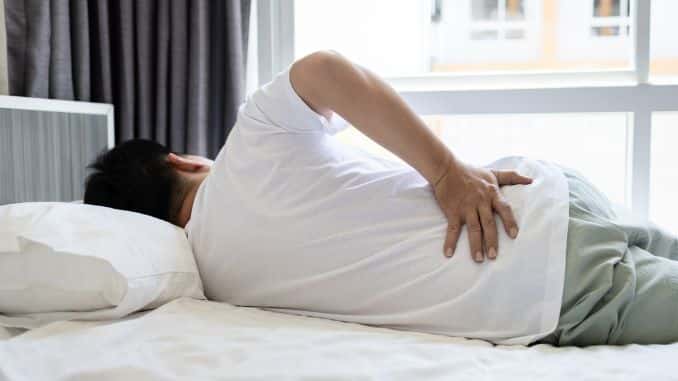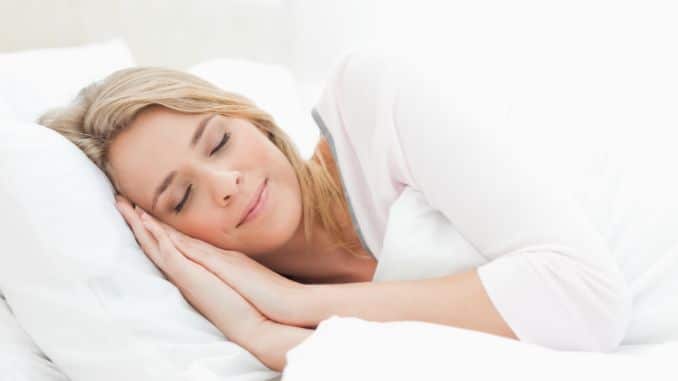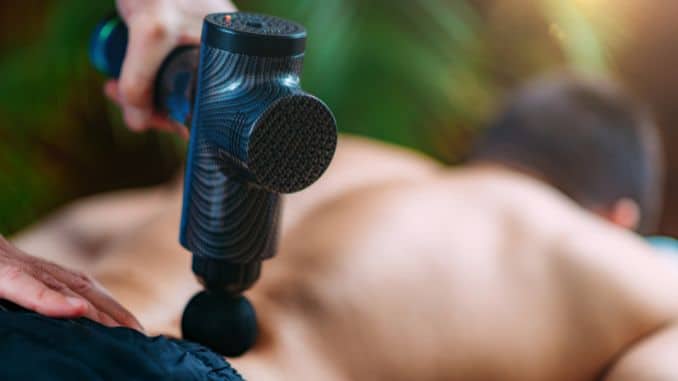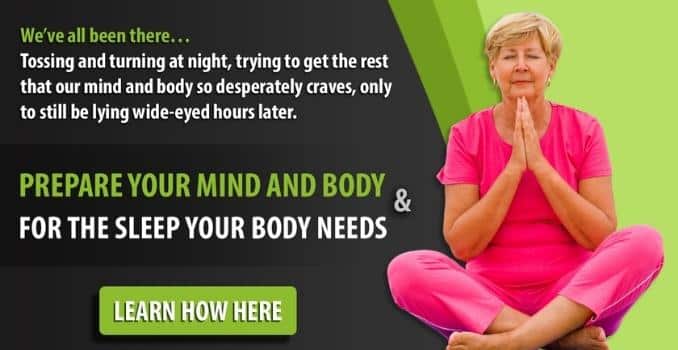
Tired of tossing and turning all night because your hip hurts? If you’re struggling to find how to relieve hip pain while sleeping and waking up feeling exhausted rather than refreshed, the solution is here! Finding the proper sleeping position is indeed vital to alleviating hip or knee pain. In this article, we’ll explore practical techniques and the significance of investing in a quality mattress to relieve hip pain at night while sleeping to prevent hip pain, allowing you to enjoy a blissful rest.
So say goodbye to a sore hip joint and restless nights and hello to a pain-free slumber.
What Causes Hip Pain While Sleeping
Hip pain can be a disabling condition that affects many individuals, especially during sleep. Understanding the causes of hip pain is essential in finding the right solutions. Typical causes of hip pain include hip arthritis, hip bursitis, tendonitis, hip fractures, hip injury, and muscle strains. It’s important to consult with a healthcare professional to accurately assess the cause of your hip pain and determine the best course of treatment.
The impact of hip pain on sleep quality cannot be underestimated. When you’re constantly in pain, it becomes challenging to find a comfortable sleep position. This can lead to disrupted sleep, restlessness, and even insomnia. Over time, inadequate quality sleep can hurt your overall health and well-being.
How To Relieve Hip Pain While Sleeping
Fortunately, there are techniques you can incorporate into your bedtime routine to alleviate hip pain and promote better sleep quality. These tips can significantly improve your sleep experience and help you feel refreshed and pain-free.
-
Choosing The Right Mattress For Hip Pain Relief
Investing in a quality mattress is one of the first steps in relieving hip pain while sleeping. The right mattress can provide the necessary support and alignment for your hips, reducing pressure points and promoting proper spinal alignment. When choosing a mattress, consider the firmness level that works best for your hip pain. While some individuals find relief with a firmer mattress, others prefer a softer surface. It is finding the right balance that provides both support and comfort for your specific needs.
-
Sleep Position Matters
The position you sleep in can also greatly impact your nighttime hip pain. While there is no one-size-fits-all sleep position for hip pain relief, certain positions can help reduce pressure on your hips and alleviate discomfort.
Here are a few sleep positions to consider:
1. Side Sleeping
Side sleep with a pillow between your knees to hug your hips and relieve pressure. You can also place a rolled-up towel or small pillow under your waist for support.
2. Back Sleeping
Lying on your back and placing a small pillow or cushion beneath your knees can alleviate hip pressure. This posture encourages correct spinal alignment and lessens stress on your hip joints.
3. Stomach Sleeping
While belly sleeping is generally not recommended for individuals with chronic hip pain, you can place a pillow under your pelvis to help alleviate pressure on your hips.
Experiment with different sleep positions to find the best one for you. It may take some trial and error, but once you find a comfortable position, you’ll notice a significant improvement in your sleep quality.
Stretching Exercises To Alleviate Hip Pain
Incorporating stretching workouts into your daily routine can help alleviate hip pain and improve flexibility. These exercises can be particularly helpful before bedtime, as they can help relax your muscles and prepare your body for sleep.
Here are a few hip stretches to consider:
1. Supine Figure-Four Stretch
Lie on your back on the floor. Cross one ankle over the opposite knee. Pull the opposite leg towards your chest until you feel a stretch in your hip. Hold for a few seconds and repeat on the other side.
2. Seated Hip Stretch
Sit on the chair, ideally at the edge, with your feet flat on the floor, and cross one ankle over your opposite knee. Tighten your abdominal muscles and gently press on the raised knee until you feel a stretch in your hip. Hold for a few seconds and repeat on the other side.
3. Standing Hip Flexor Stretch
Stand facing a sturdy object or a wall for support. Step one foot in front and bend your front knee, keeping your back leg straight. Slightly tilt forward until you feel a stretch in your front hip. Hold for a few seconds and repeat on the other side.
Incorporate these hip joint stretching exercises into your bedtime routine to help relax your hip muscles and relieve pain.
Using Pillows And Supports For Hip Pain Relief
Using pillows and supports can provide additional comfort and support for your hips while sleeping.
Here are a few options to consider:
1. Knee Pillow
Sleeping on your side and placing a pillow between the knees can help align your hips and reduce pressure. Look for a contoured knee pillow designed explicitly for hip pain relief.
2. Hip Support Pillow
A hip support pillow can help alleviate pressure on your hips and provide additional support. These pillows are specially designed to cradle your hips and promote proper alignment.
3. Body Pillow
A body pillow can benefit individuals with hip pain, as it supports the entire body. You can position the body pillow in various ways to find the most comfortable sleep position for your hips.
Experiment with different pillow and support options to find the best combination. Finding the perfect setup may take some time, but the effort will be well worth it for a good night’s sleep.
Using A Muscle Gun, Ball, Or Massage Stick
In addition to stretching exercises and pillow supports, a ball, muscle gun, or massage stick can provide targeted relief for your hip pain. These tools can help release stress in your muscles and promote relaxation. To become more familiar with these tools, consult a physical therapist for guidance and recommendations.
Strengthen Your Hips In 3 Dimensions
This means strengthening your hips and core in all directions.
Strengthening your hips can help alleviate pain and prevent future hip injuries. Incorporate exercises that target all three dimensions of hip movement – flexion, extension, and abduction.
Here are a few exercises to consider:
1. Hip Flexion
Stand facing a wall for support. Lift one leg straight out in front of your body, keeping your knee straight. Hold for a few seconds and lower your leg. Repeat on the other side.
2. Hip Extension
Stand facing a wall for support. Lift one leg straight out to the back, keeping your knee straight. Hold for a few seconds and lower your leg. Repeat on the other side.
3. Hip Abduction
Stand beside a wall for support. Hold to the wall with one hand and lift your leg straight to the side, keeping your knee straight. Hold for a few seconds and lower your leg. Repeat on the other side.
Incorporate these hip-strengthening exercises into your weekly workout routine to improve hip stability and reduce pain.
Sleep As Recovery, Not Irritation
Sleep is a crucial time for our bodies to recover and heal. However, when hip pain becomes a constant irritation, it can hinder the quality of our sleep and affect our overall well-being. By incorporating the tips and techniques mentioned above, you can avoid hip pain and transform your nights of restless sleep into peaceful, pain-free slumber.
It is critical to consult with a healthcare professional if your hip pain persists or worsens, as it may require further evaluation or treatment, such as physical therapy. Upkeeping a healthy lifestyle, including regular exercise and a balanced diet, can contribute to overall hip health and reduce the risk of further chronic pain and discomfort.
In conclusion, hip pain should no longer rob you of a good night’s sleep. By understanding the causes of hip pain, investing in a supportive mattress, practicing proper sleep positions, incorporating stretching exercises, and using pillows and supports, you can relieve hip pain while sleeping and wake up feeling happier, rejuvenated, and ready to conquer the day. So, sleep better and wake up happier!
Don’t suffer through another sleepless night! In less than 10 minutes you can fully prepare both your mind and body for the sleep your body needs. You’ll never count sheep again! Check out our 10 Gentle Yoga Poses for a Better Night’s Sleep.







